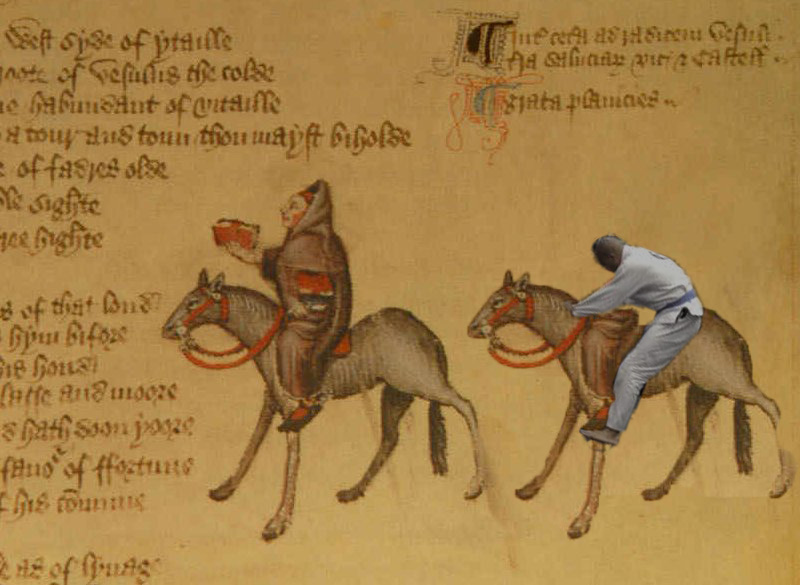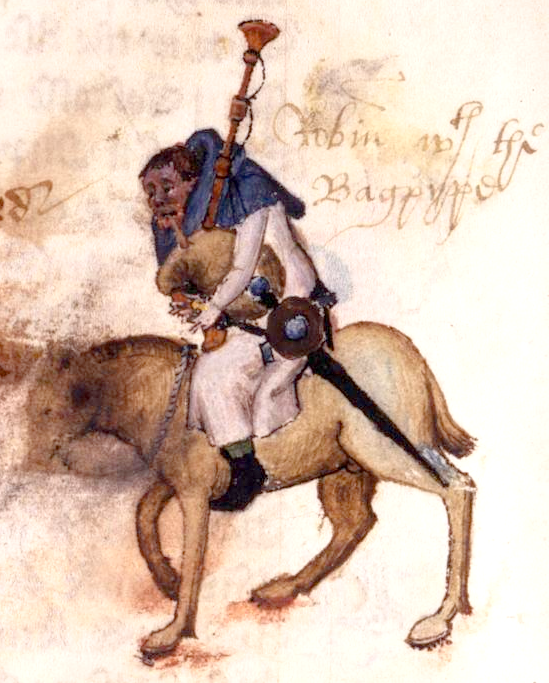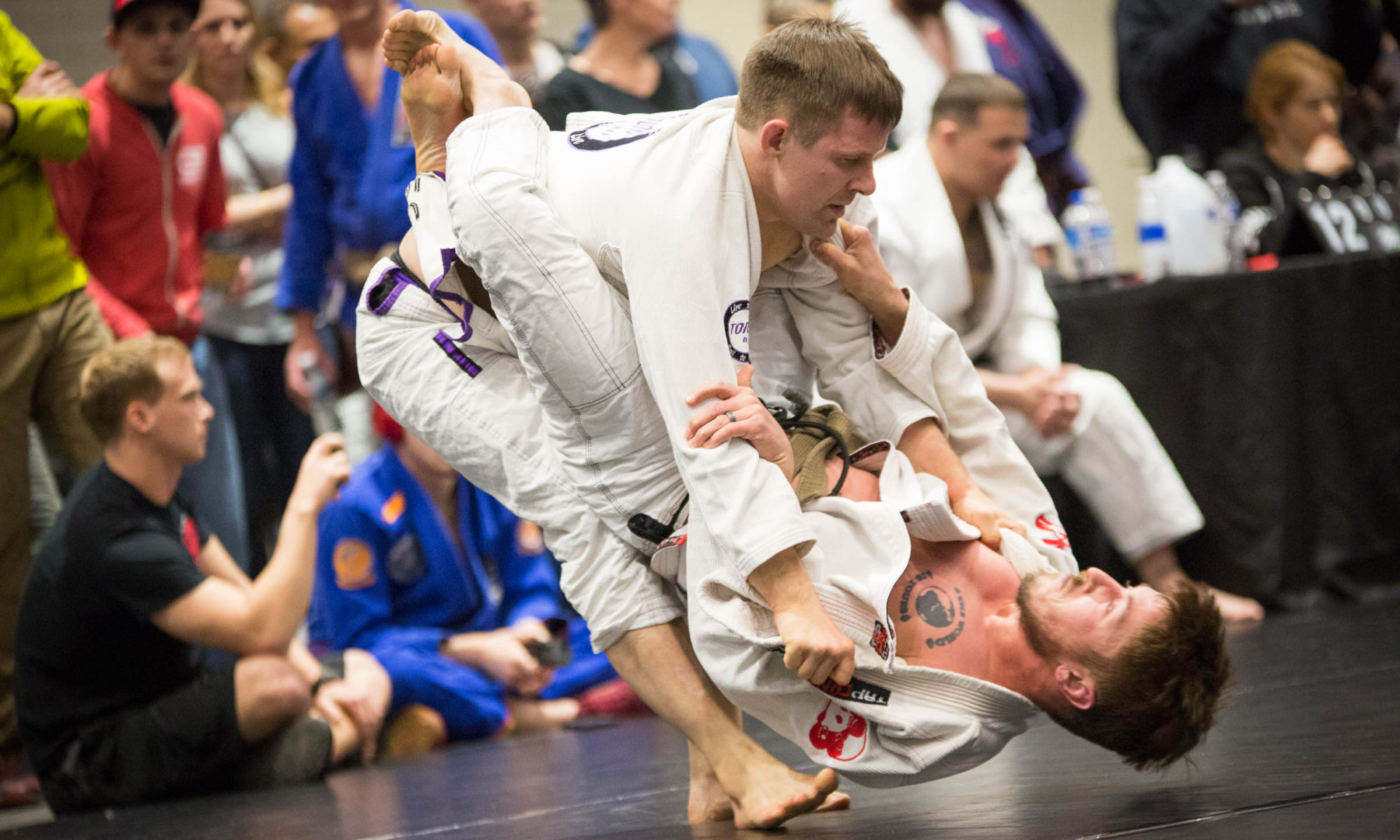While reading a technique post on social media the other day, I thought of Geoffrey Chaucer’s Canterbury Tales. You know, as one does.
A very good black belt had posted a technique video with a helpful, fairly detailed explanation of the theory behind the move. Most of the commentary was positive, but one poster sneeringly suggested that the technique would only work in theory, and only against someone who didn’t know jiujitsu, which he called “jits.” He suggested an alternate technique, ending in what he called “kasa katami.”
It should go without saying to anyone who has browsed the jiujitsu corners of the Internet that this individual was a white belt.
Now, I’m not trying to pick on white belts in general here. Really. In fact, I’ll bet that every humble, dedicated white belt out there (and we have a lot of ’em) is making a facepalm pose. And yet, as the Bard put it, this type of shit happens every day.
Reacting to a black belt’s technique video in this manner is as silly as it is disrespectful — from any belt level — for two reasons. First, it assumes that you as the poster know more than the black belt does, which is a pretty bad bet.
Second, a strong statement reaction (“this wouldn’t work”) as opposed to an open question reaction (“I’m having a tough time visualizing how you’d use this. Can you explain why you’d do X instead of Y?”) cuts off access to information.
We’re all in this for different reasons, and so an instructor primarily concerned with self defense may be showing a move for purposes that wouldn’t make sense for competition, or vice versa. A black belt probably has a well-thought-out rationale for teaching something, but you won’t find out if you say something instead of asking something.
That, I hope, is apparent to most of us: respect the black belts. But there’s another element to this.
As someone gains knowledge in jiujitsu, that person feels more comfortable speaking up. Many of these folks want to teach, too, whether that means formally or just helping out less-experienced students in class.
Enthusiasm and passion should be encouraged, not squashed: I’d much rather have an enthusiastic person try to help someone out and make a mistake while doing so than have a selfish person never try. But there’s a right way and a wrong way to approach teaching and learning.
For guidance on the right and wrong ways, I naturally turned to an influential 14th century text.
***
If you don’t keep The Canterbury Tales beside your bed or commode for light reading, here’s a summary: a group of travelers becomes engaged in a storytelling contest, where the winner will receive a free meal. Along the way, we learn about the characters both from their descriptions and from the stories each of them chooses to tell.
It’s sort of like a medieval reality show, but with more believable characters and only one Kardashian (the Wife of Bath).
This line describing one of the characters, the Clerk, has always stuck with me. It was the inspiration for this post:
Sounding in moral virtue was his speech,
And gladly would he learn and gladly teach.

The Clerk is a student of philosophy. He doesn’t say much, but when he does, his words are helpful and virtuous. He’s hard-working and devoted to reading and studying. He’s open-minded in terms of receiving knowledge, and humble about passing on the knowledge he has received.
Training with people like this is great. They share videos with you. They help you break down moves that you can’t yet hit, but don’t condescend to you about messing the moves up. And let’s not forget, philosophy is a part of jiujitsu).
This is the ideal approach, in my view. Gladly learn. Don’t necessarily say much (“he never spoke a word more than was need”), but make what you say count. Help others if you’re asked to. Gladly teach.
I’ve been fortunate to meet a lot of black belts. Most of the best teachers are like this. Draw your own conclusions from that.
***
One reason the Canterbury Tales is significant in Western literature is that it popularized the use of the vernacular. And The Miller, in the vernacular, is a dick.

The Miller is stout and strong. His physical prowess no doubt helped make him inconsiderate and a bully: he interrupts others, even going so far as to upset the host’s plans for the order in which tales are told. (He is — I pass this along without comment — noted as a wrestler in the text).
Oh, and when he tells his story, he does so in a way that denigrates several in the group, especially the nerds. Does this sound like anybody you’ve trained with? I hope not, but I’d bet so.
This is the not, in my view, a good representation of a martial artist. In fact, the Miller is the antithesis of a good training partner. When I think of him, I think of the big, strong guy who calls out the smallest person in the room, keylocks them and celebrates.
Then, when someone tries to correct his technique — to help him improve — he responds with a derisive “well, it worked, didn’t it?” As if that were the point.
There are lessons here for being a good training partner, for being an effective student, and more generally for being a pleasant human being to be around. Those lessons in two sentences:
Be the Clerk. Then go train and tap the Miller.


One Reply to “Be the Clerk, Not the Miller”
Comments are closed.